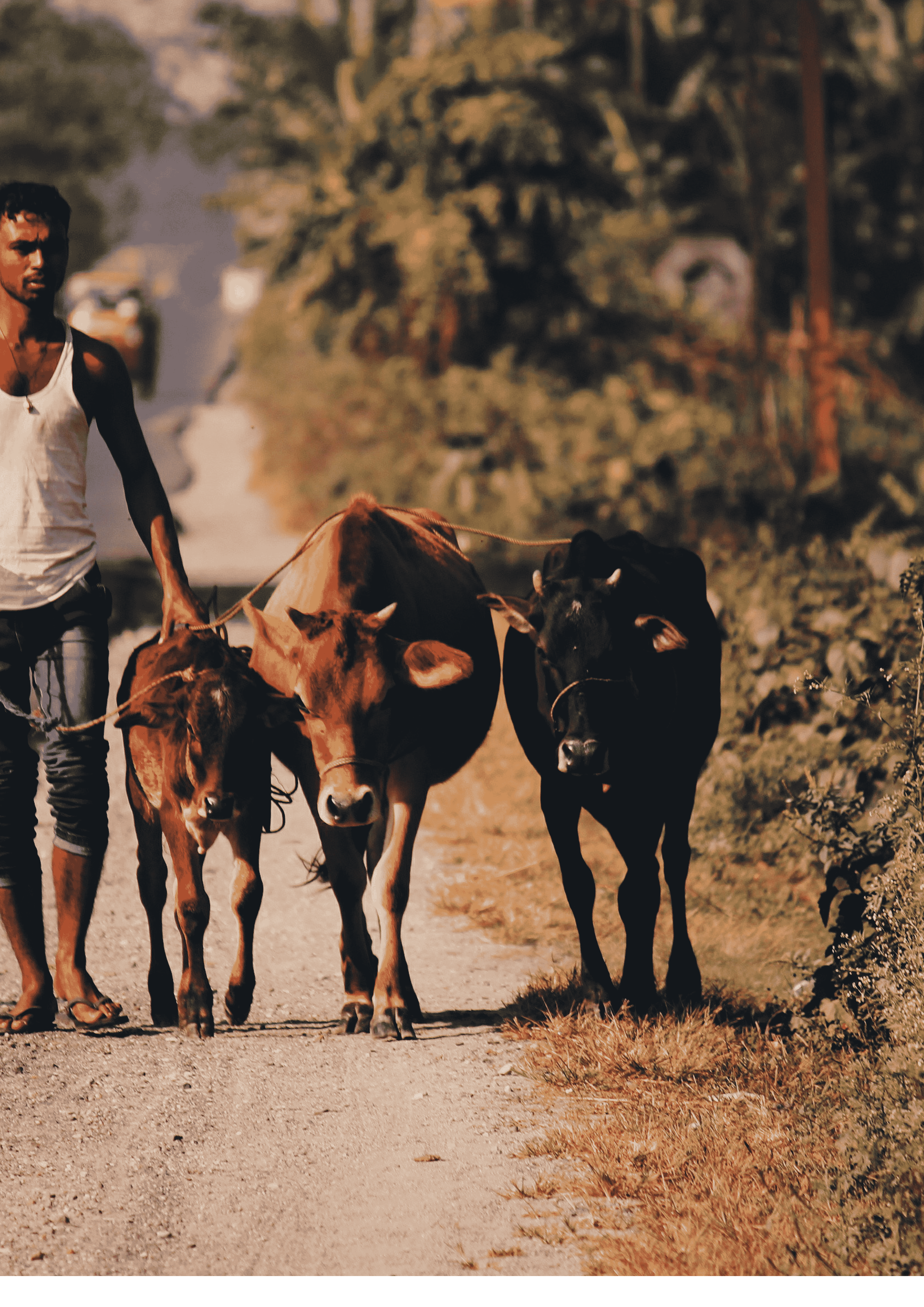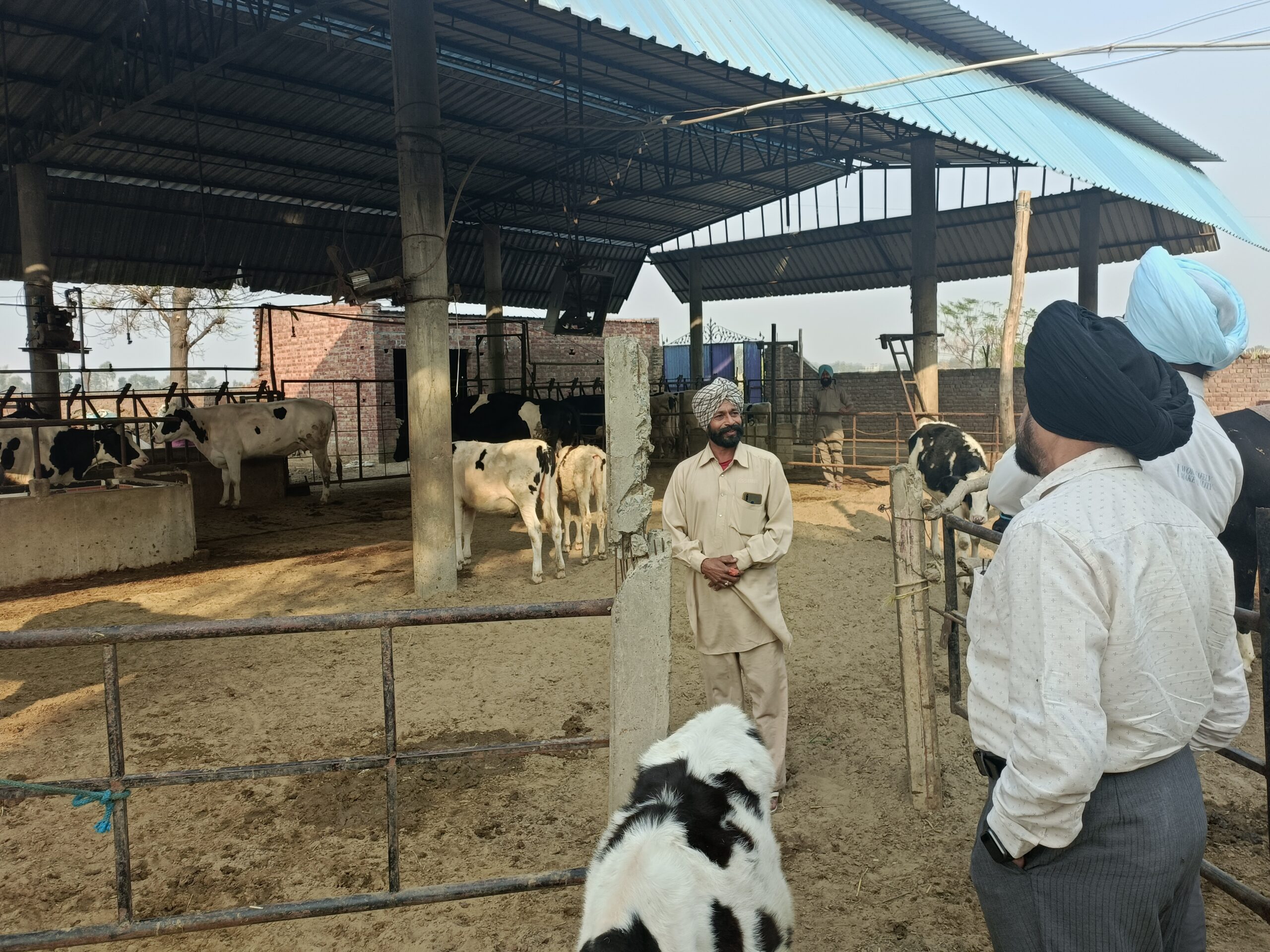Abstract
The dairy sector in India has traversed a remarkable journey, evolving from traditional practices to a modern industry with the advent of Artificial Intelligence (AI). Historically, it grappled with inefficiencies, yield limitations, and quality concerns, leading to substantial food wastage. However, the present landscape, characterized by the integration of AI and Machine Learning (ML), promises a revolution. AI-driven predictive analytics, genetic enhancement through ML, and block chain-based supply chain traceability have become catalysts for change. These technologies have ushered in an era of heightened efficiency, transparency, and economic growth. As we peer into the future, it is evident that the Indian dairy sector is poised for unprecedented transformation. AI, ML, and Block chain are not just technologies but instruments of empowerment, fostering sustainability, and equitable prosperity. By 2030, we envision a dairy sector in India that not only meets the growing demands of a burgeoning population but does so sustainably, enhancing farm incomes, ensuring food security, and contributing significantly to the nation’s economy.
1. Introduction
India’s dairy industry, known for its massive contribution to the agricultural sector and rural livelihoods, faces its unique set of challenges. As of 2022, India produced over 221.1 million metric tons of milk, yet the sector contends with low milk yields, adulteration issues, and fragmented supply chains. AI, ML, and Block chain emerge as formidable tools to confront these issues and elevate India’s dairy landscape.
In recent years, the dairy sector has undergone a metamorphosis, primarily due to the infusion of AI and ML technologies. These advancements have laid the foundation for a more efficient, productive, and sustainable dairy industry. AI-driven predictive analytics have enabled proactive health monitoring of cattle, the optimization of breeding decisions, and the formulation of customized nutrition plans. The integration of ML has empowered genetic enhancement programs, fostering cattle breeds with superior milk-producing genetics.
2. AI and ML in Dairy Management: A Revolution in Milk Production
2.1 Predictive Analytics for Cattle Health
AI and ML are redefining cattle health management by predicting and preventing diseases, ultimately ensuring healthier and more productive herds.
Health Data Analysis: AI algorithms analyse data from various sources, including temperature sensors, activity trackers, and even the analysis of cow vocalizations, to detect early signs of illness or discomfort. These predictive systems can detect issues like mastitis or lameness before they become severe, reducing veterinary costs and preventing milk yield losses.
Alerts and Recommendations: When an anomaly is detected, AI systems can issue real-time alerts to farmers or veterinarians. These alerts can be accompanied by recommended actions, helping farmers take timely steps to address the issue. For instance, if a cow’s temperature suddenly rises, the system can recommend a veterinary check-up or specific treatments.
Improved Reproduction Management: AI and ML can also predict optimal breeding times for cows, enhancing the efficiency of artificial insemination processes. By analyzing historical data on cow estrus cycles, genetics, and environmental factors, AI can pinpoint the ideal time for insemination, increasing the chances of successful pregnancies.
2.2 Genetic Enhancement through ML
Machine learning plays a pivotal role in genetic enhancement programs, optimizing breeding decisions for improved milk yield and quality.
Genetic Data Analysis: ML models analyze extensive genetic datasets to identify genes associated with desirable traits like high milk production, disease resistance, and heat tolerance. By understanding the genetic makeup of cattle, breeders can make informed decisions about which animals to breed.
Predictive Breeding: ML algorithms predict the genetic potential of offspring based on the genetic profiles of parent cows. This allows breeders to select pairs that are more likely to produce calves with superior milk-producing genetics.
Long-term Improvement: Over time, ML models continuously learn from data, enabling breeders to refine their breeding strategies. This iterative approach can lead to a gradual but steady improvement in the genetic traits of a dairy herd.
2.3 Smart Feeding and Nutrition
AI-driven systems are optimizing cattle nutrition, ensuring that cows receive the right nutrients for maximum milk production.
Real-time Monitoring: Sensors attached to cows collect data on their activity levels, body condition, and even the composition of their milk. AI processes this data in real-time to assess the nutritional needs of each cow.
Customized Diets: AI algorithms formulate customized diets for individual cows or groups based on their nutritional requirements. This precision feeding approach not only improves milk yield but also reduces feed wastage.
Response to Environmental Factors: ML models can adjust feeding plans based on environmental conditions. For example, during extreme heat, cows may require different diets to maintain their health and milk production levels.
3. Block chain in Dairy Supply Chain
3.1 Transparency and Quality Assurance: Block chain guarantees milk quality and safety through transparent records of every product’s journey, from the farm to the consumer.
3.2 Fair Pricing with Smart Contracts: Block chain-based smart contracts ensure timely payments to farmers, eliminating intermediaries, and fostering fair pricing.
3.3 Reduction in Adulteration: Immutable block chain records make it exceedingly challenging to tamper with milk quality or adulterate dairy products, thus ensuring purity and safety.
3.4 Enhanced Traceability: Block chain enables consumers to trace the origin of dairy products, a valuable feature in a market where trust in product authenticity is essential.
4. Challenges in Implementation
4.1 Infrastructure Limitations: Rural areas often lack the technological infrastructure required for seamless tech adoption.
4.2 Technological Literacy: Many dairy farmers, especially in remote regions, require education and training to utilize these advanced technologies effectively.
4.3 Economic Barriers: The initial investment for adopting AI, ML, and Block chain can be a deterrent, particularly for small-scale dairy farmers.
5. Way Forward
5.1 Capacity Building Programs: Collaborative efforts between government and tech firms to offer training programs tailored to dairy farmers’ needs.
5.2 Financial Support: Encourage private sector investment and offer subsidies to make these technologies more accessible to a broader range of dairy stakeholders.
5.3 Regulatory Framework: Create a supportive regulatory environment that fosters innovation, protects data, and ensures security and privacy in technology adoption.
6. Conclusion
In the landscape of Indian agriculture, the dairy sector stands as a critical cornerstone, contributing significantly to both the nation’s GDP and livelihoods. Over time, it has evolved, confronting historical challenges and transforming into a dynamic, technology-driven industry.
The infusion of Artificial Intelligence (AI), Machine Learning (ML), and Block chain has unlocked unprecedented potential in Indian dairy. These technologies have revolutionized cattle health management, genetic enhancement, and supply chain traceability. Predictive analytics are safeguarding cattle health, leading to increased yields and improved animal welfare. Genetic programs, guided by ML, promise cattle breeds that are more productive and resilient. Block chain ensures transparency, authenticity, and fair compensation throughout the supply chain.
However, it’s important to acknowledge that challenges persist. Infrastructure limitations, technological literacy, and initial investment costs remain hurdles. Yet, the dairy sector is at an inflection point—a convergence of traditional wisdom and futuristic innovation.
The future envisions a robust, sustainable, and prosperous dairy sector in India. By addressing these challenges through capacity-building programs, financial support, and supportive regulations, India can realize its potential as a global dairy leader. As we navigate this transformative era, the dairy sector’s journey is not just about milk production; it’s about empowering farmers, ensuring food security, and contributing to the nation’s economic growth. The integration of AI, ML, and Block chain in Indian dairy isn’t just a technological advancement; it’s a beacon of hope, heralding an era of efficiency, transparency, and prosperity.




